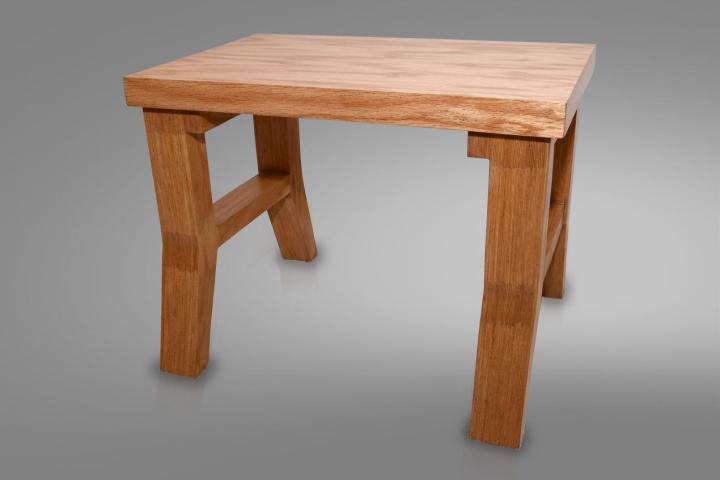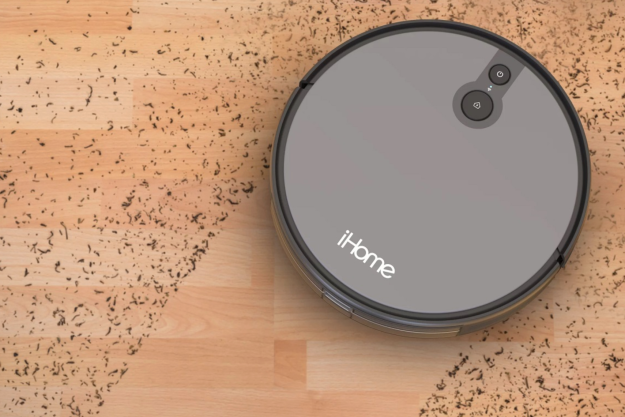
Back when 3D printing was just kicking off, there was much talk of a future where people could download new furniture designs, print them, and furnish their living rooms with new pieces whenever they pleased. But despite the fact that 3D printing your own furniture is totally possible now, it hasn’t really caught on for one simple reason – nobody wants to fill their house with a bunch of snap-together plastic furniture.
But the dream of printing your own furnishings isn’t dead yet. A fledgling company by the name of 4 AXYZ has developed a process that allows you to 3D print stuff using high-quality wood, and hopes to use the technology to offer affordable, custom-designed furniture.
The company is being very secretive about how the technology works, but from what we understand, the process is slightly different when compared with how a traditional 3D printer works. Instead of putting down layers of plastic with an extruder, 4 AXYZ’s machine works by combining small, uniformly-cut pieces of wood and securing the layers together with a special binding process. Founder and CEO Samir Shah actually prefers to put the manufacturing technique under the broader term “additive manufacturing” because there isn’t any sort of liquid “ink” involved in the process.
Once you take a look at one of the objects this tech produces, the benefits of this method are immediately apparent. Somehow, the pieces come out with a natural looking wood grain to them, giving them a warmer, more living room-friendly appearance. And because it’s produced via additive manufacturing, there are very few limitations on what form the furniture can take. Check out some of their designs below.
In addition to furniture, Shah says 4 AXYZ could eventually print “smart wood” pieces studded with sensors. For example, a smart railing could detect when people go up or down a stairway and automatically switch off lights on turn on heat. Smart floors, on the other hand, could detect when a stranger enters a home and alert its owners or the authorities. Essentially, this tech could be used to design concealed smart devices that are seamlessly integrated into your house – no more gaudy retrofitted sensors necessary.
At this point, 4 AXYZ is seeking funding to bring this tech past the prototype stage, but with money in hand, Shah says it would be ready to set up shop immediately. Find out more here.






